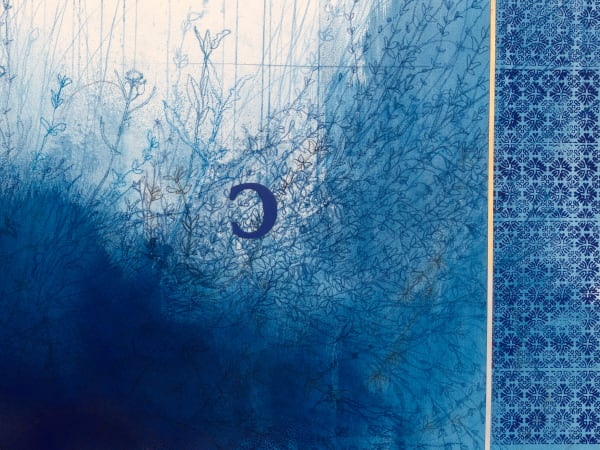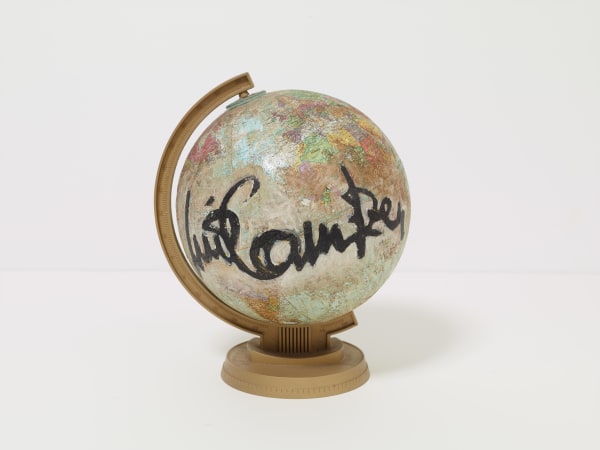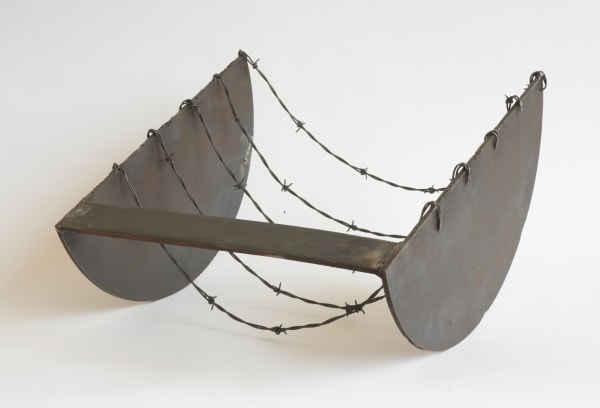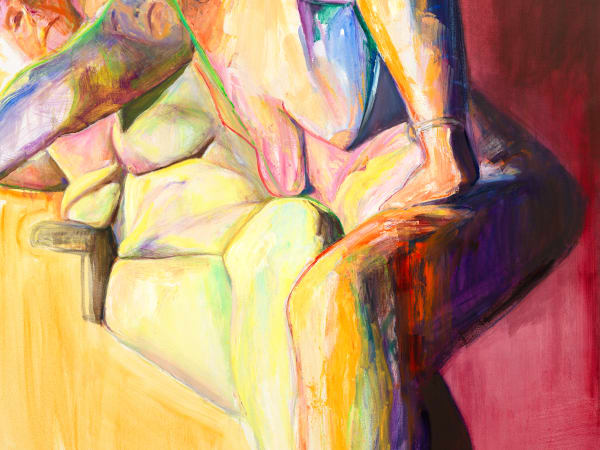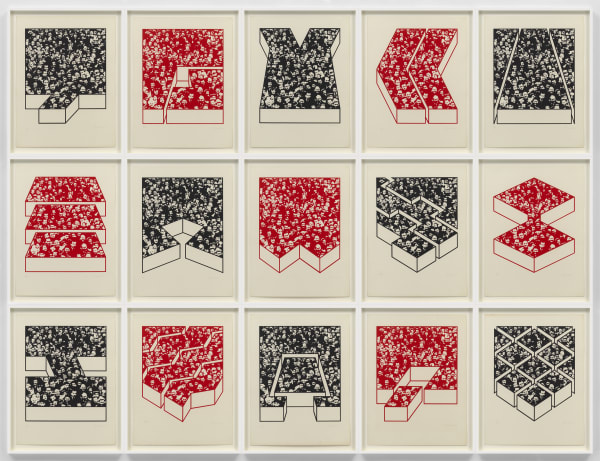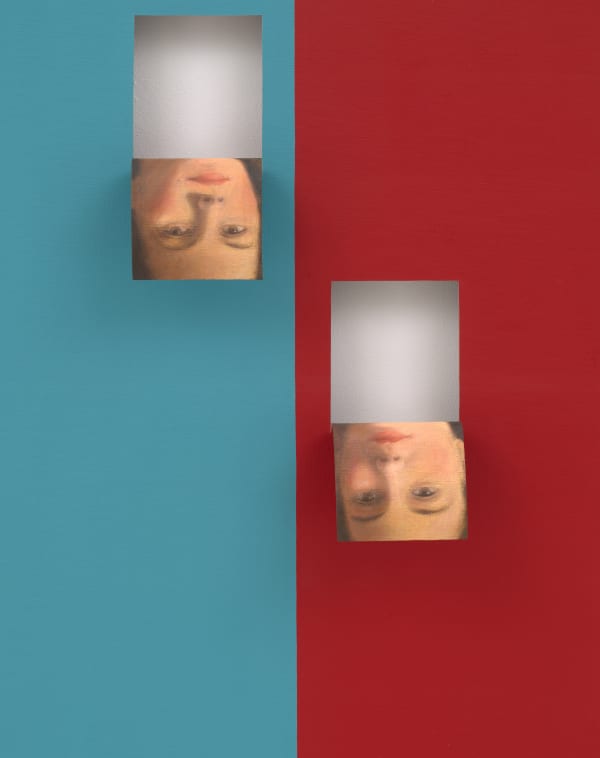-

Kamrooz Aram
-

Chloë Bass
-

Ricardo Brey
-

Teresa Burga
-

Luis Camnitzer
-

Bethany Collins
-

Melvin Edwards
-

Harmony Hammond
-

Jennie C. Jones
-

Kang Seung Lee
-

Steve Locke
-

Donald Moffett
-

Carrie Moyer
-

Betty Parsons
-

Ronny Quevedo
-

Joan Semmel
-

Hassan Sharif
-

Regina Silveira
-

Valeska Soares
-

Hugh Steers
-

Ruby Sky Stiler
-

Dyani White Hawk


